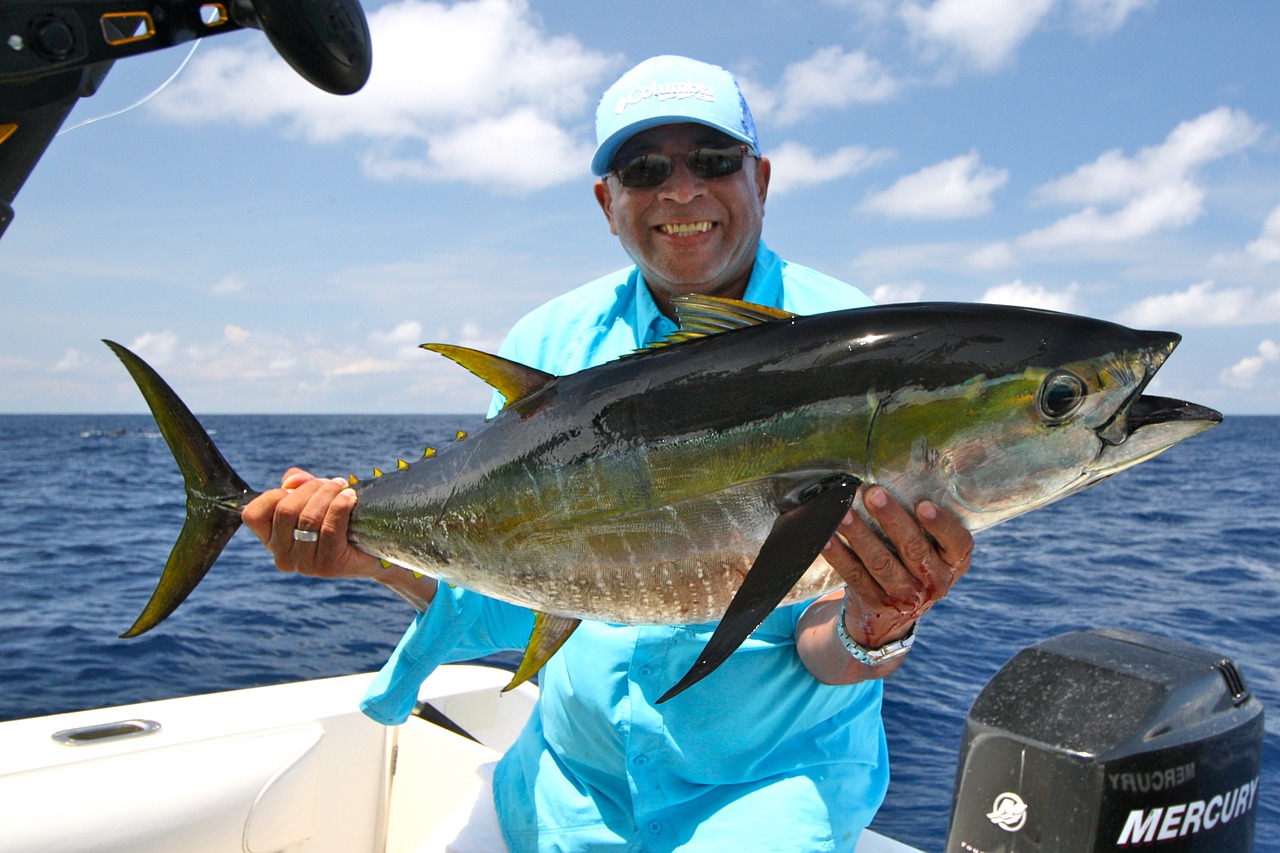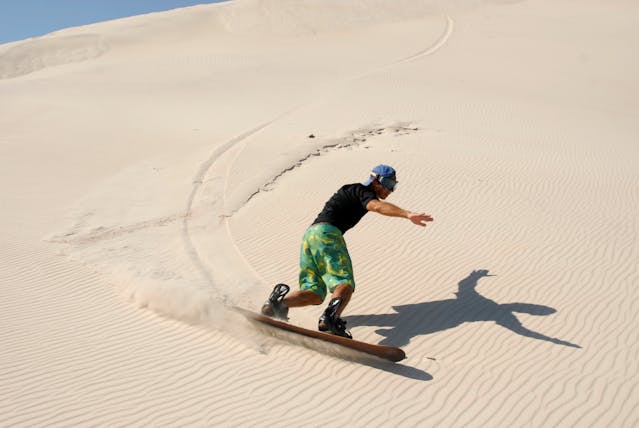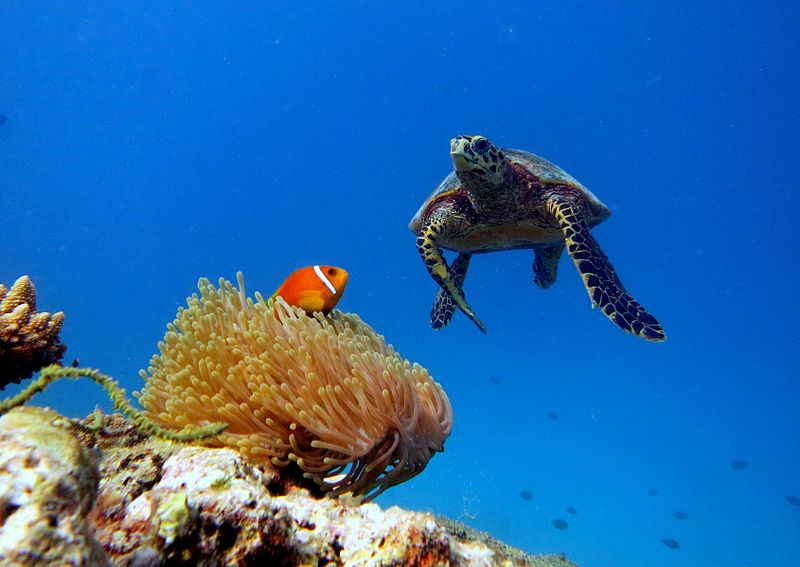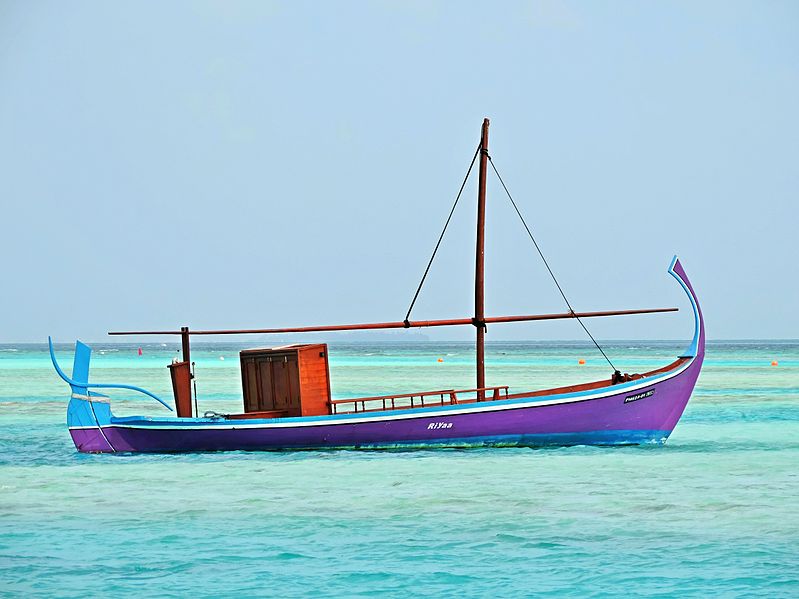Fishing constitutes one of the main livelihoods for the local communities in the Maldives. It is also one of the more popular activities that travellers love to try when they visit the island nation. If you are looking for your first fishing adventure for a truly cultural experience of life in the Maldives, here are some of the basic facts to know.
Types of Fishing Experiences
There are at least a couple of different experiences you can enjoy out on the water. Big game fishing if you want to have a good story to tell about a hefty catch. You’ll need to plan a chartered fishing trip many of which are available all year round. However, the best time of year for big game fishing is the dry season, from November to March.
If getting your hands on a larger fish seems a bit daunting you can always try fly fishing which will allow you to stick close to the coral reefs, sandbanks and flat areas without venturing too far out. Unlike big game fishing which requires the traditional pole and line, fly fishing requires fly rods, fly reels, fly lines and of course colourful lures to attract fish. Fly fishing will give you the chance to capture some colourful and unique reef fish which you’ll be required to release back into the water.
Whichever experience you choose you should be able to organise the required fishing tour in Maldives through the resort or hotel you are staying at, like the Naladhu Private Island Maldives.
Fish Species to Look Out For
The main reason why fishing is so popular in the Maldives is the vast array of fish species that inhabit the waters around the archipelago. If you’re out on a big game fishing adventure, you’ll likely come across larger fish species like Dorado, Marlin, Sailfish and even Barracudas. Alternatively, a fly fishing expedition will bring you up close with Triggerfish, Trevally, and Bonefish. Other species of fish to look out for include Yellowfin Tuna, Red Bass, and the Blue Marlin.
Fishing Techniques
The other benefit to embarking on a fishing adventure is the opportunity to learn various fishing methods and techniques. You’ll most likely be guided by tour guides or professionals who will show you techniques like the art of ‘jigging’, ‘popping’ and ‘trolling’ that involve manoeuvring bait to attract fish. You may also have the chance to learn the basics of other techniques like beach casting, reef fishing, shore fishing and more.

Best Fishing Spots in the Maldives
When planning a fishing trip in the Maldives, it is important to identify the right areas, as several spots are protected areas and are thus off-limits. In most cases, guided tours and organized fishing expeditions will have pre-set areas based on the type of expedition. Popular fishing spots include Male, Fulidhoo, Dhiffushi, and Keyodhoo.
Each area may have its own set of rules and regulations for fishing so it is important to keep to these guidelines. These ensure that certain species of fish, marine animals and even coral reefs are protected.


















